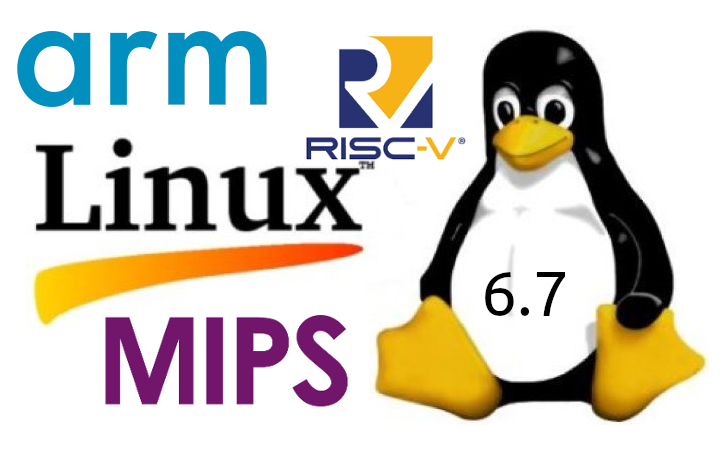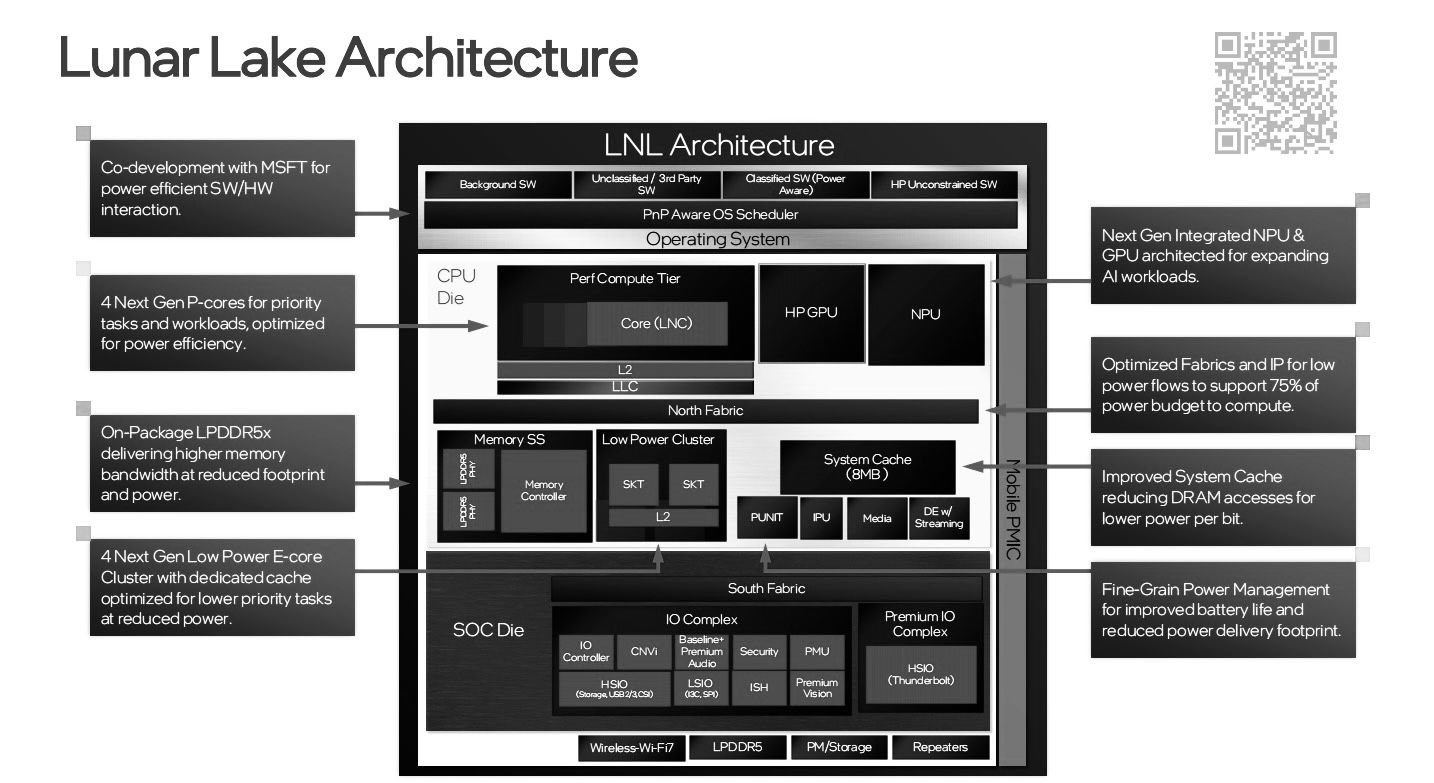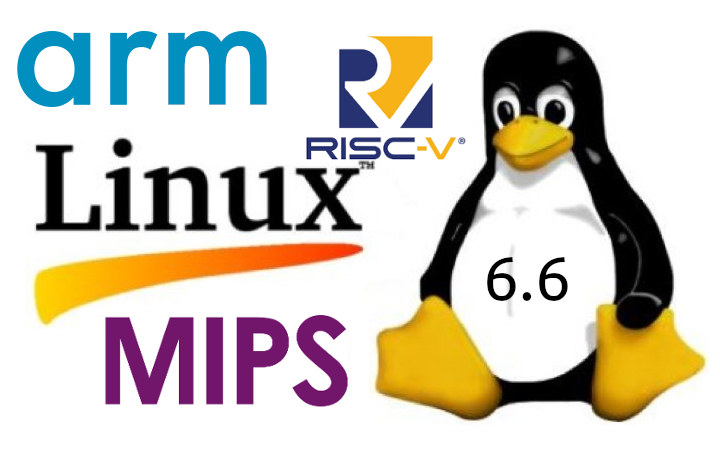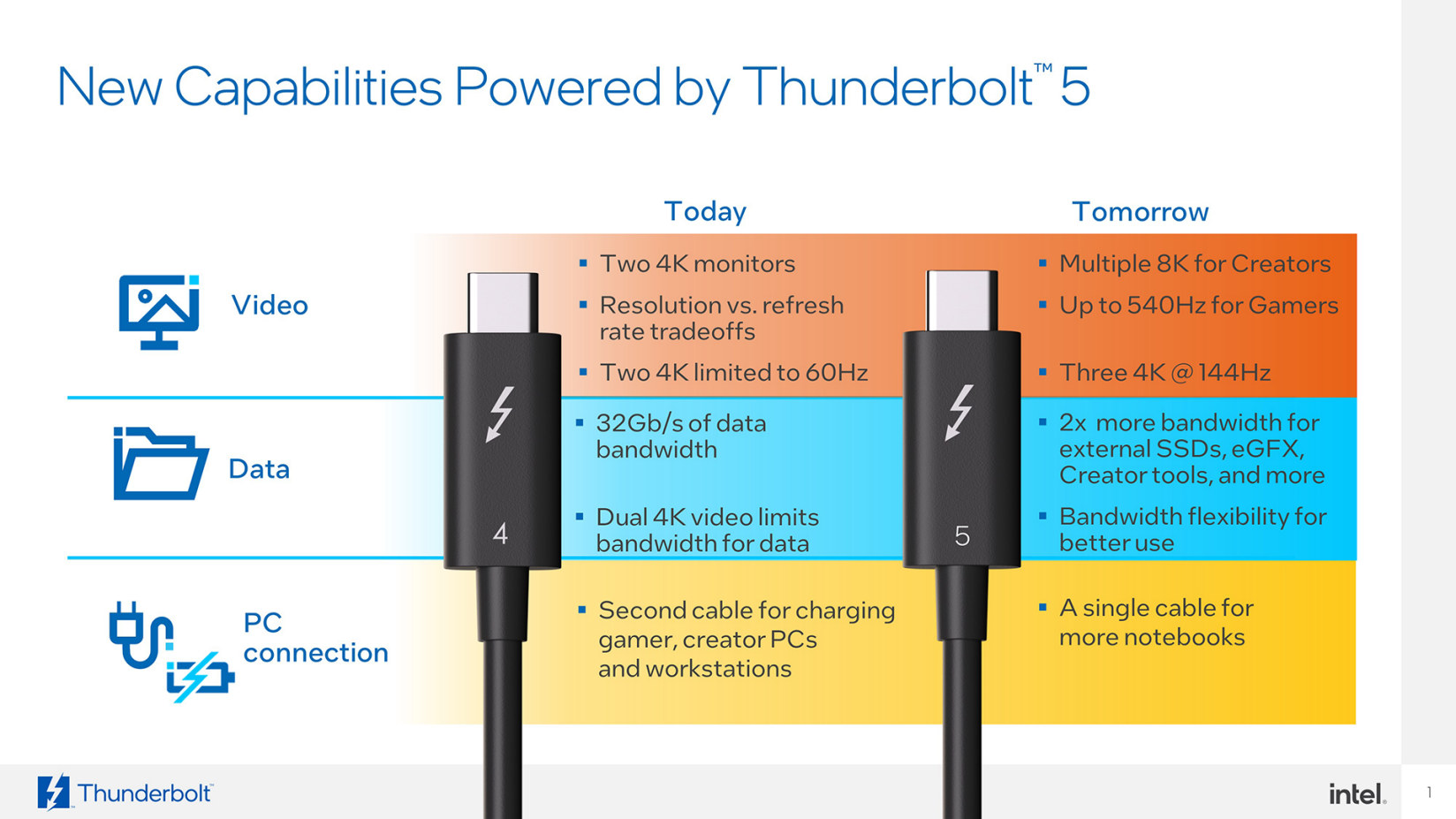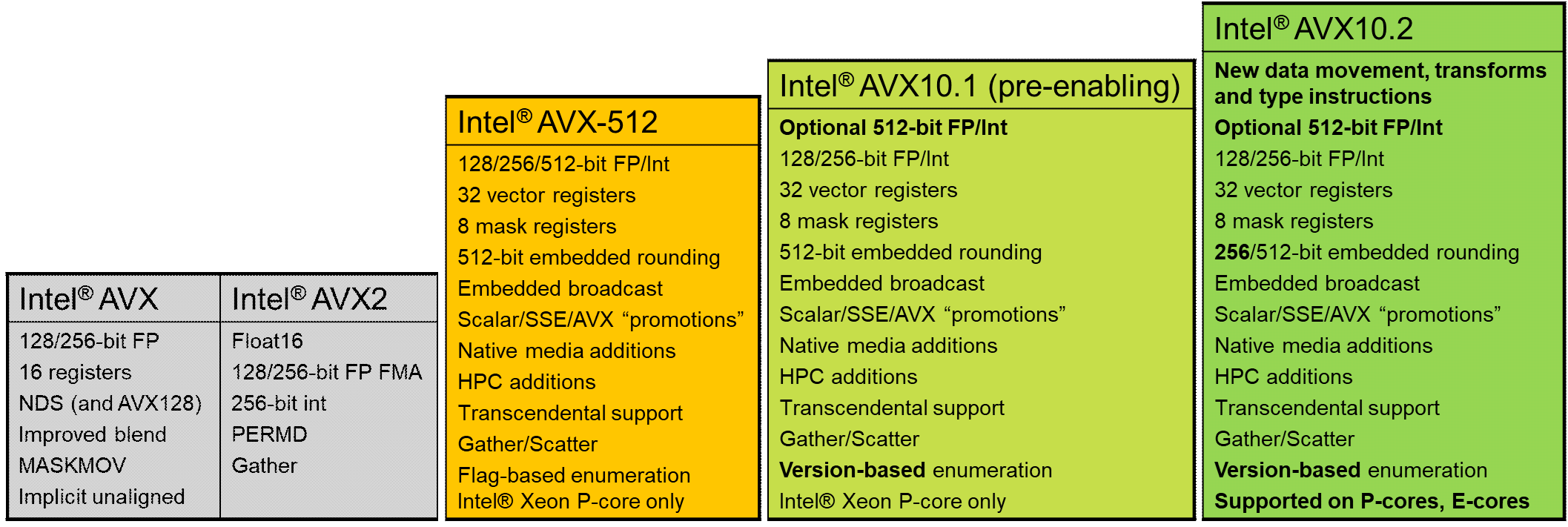Linus Torvalds has just announced the release of Linux 6.7, following Linux 6.6 LTS a little over two months ago: So we had a little bit more going on last week compared to the holiday week before that, but certainly not enough to make me think we’d want to delay this any further. End result: 6.7 is (in number of commits: over 17k non-merge commits, with 1k+ merges) one of the largest kernel releases we’ve ever had, but the extra rc8 week was purely due to timing with the holidays, not about any difficulties with the larger release. The main changes this last week were a few DRM updates (mainly fixes for new hw enablement in this version – both amd and nouveau), some more bcachefs fixes (and bcachefs is obviously new to 6.7 and one of the reasons for the large number of commits), and then a few random […]
2023 Year in review – Top 10 posts, statistics, and what to expect in 2024
It’s the last day and last article of the year, so we will look at some highlights of 2023, some traffic statistics on the CNX Software website, and speculate what interesting developments may happen in 2024. Looking back at 2023 The semiconductor shortage that had happened since 2020 started to fade away in early 2023, and supplies for most electronics components and devices seem to be adequate at this time, so that was a bright spot this year, and hopefully, it will stay that way in 2024 despite geopolitical tensions. We did not have any super exciting new Arm application processors from Rockchip, Amlogic, or Allwinner announced this year, although the Amlogic S928X penta-core Cortex-A76/A55 CPU started to show up in some 8K TV boxes. The launch of the Raspberry Pi 5 SBC with a Broadcom BCM2712 quad-core Cortex-A76 processor was probably the main highlight for Arm on this side […]
Intel Lunar Lake hybrid mobile processors to integrate on-chip LPDDR5X memory (MoP)
While Intel Meteor Lake mobile processors are yet to become available, we already have a leak that provides quite a lot of details about the next-generation Lunar Lake hybrid mobile processor family (LNL MX) with supports for 8W to 30W base power designs and 16GB or 32GB on-chip LPDDR5x memory (Memory-on-Package, or MoP) to deliver higher memory bandwidth at reduced footprint and power. Developed in collaboration with Microsoft, the new Lunar Lake processor will come with four P-cores and four low-power E-cores, a new generation NPU and GPU architecture for AI workloads, and improved power management for lower power consumption (40% scenario power reduction) and improved battery life. Four SKUs are currently planned with either 16GB or 32GB dual-channel LPDDR5X memory: Core 7 MS3 (+ MoP) – Octa-core “12M” processor with 4x P-cores, 4x E-Cores, 8-core Xe2-LPG GPU, and 6-tile (12K9M) NPU Core 5 MS1 (+MoP) – Octa-core “8M” processor […]
Linux 6.6 LTS release – Highlights, Arm, RISC-V and MIPS architectures
The Linux 6.6 release has just been announced by Linus Torvalds on the Linux Kernel Mailing List (LKML): So this last week has been pretty calm, and I have absolutely no excuses to delay the v6.6 release any more, so here it is. There’s a random smattering of fixes all over, and apart from some bigger fixes to the r8152 driver, it’s all fairly small. Below is the shortlog for last week for anybody who really wants to get a flavor of the details. It’s short enough to scroll through. This obviously means that the merge window for 6.7 opens tomorrow, and I appreciate how many early pull requests I have lined up, with 40+ ready to go. That will make it a bit easier for me to deal with it, since I’ll be on the road for the first week of the merge window. Linus About two months ago, […]
Thunderbolt 5 to deliver up to 120 Gbps bandwidth, support multiple 8K monitors
Intel has just announced Thunderbolt 5 and demonstrated it with a prototype laptop and dock (see the video embedded at the end of this post) with up to 120 Gbps bandwidth when using “Bandwidth Boost”. Thunderbolt 5 will deliver 80 gigabits per second (Gbps) of bi-directional bandwidth and the top 120 Gbps bandwidth is achieved through “Bandwidth Boost” to support multiple 8K monitors, which means three times the bandwidth of Thunderbolt 4 topping at 40 Gbps. Thunderbolt 5 builds upon Thunderbolt 4 with several improvements and features: Two times the total bi-directional bandwidth, and up to three times (120 Gbps) for video-intensive usage Double the PCI Express data throughput for faster storage and external graphics. Compatible with USB4 V2, DisplayPort 2.1, and PCI Express Gen 4 Double the bandwidth of Thunderbolt Networking for high-speed PC-to-PC connections. PAM-3 signaling technology to deliver increases in performance with today’s printed circuit boards, connectors, […]
Intel Downfall (Gather Data Sampling) vulnerability impacts AVX2/AVX-512 workloads
After vulnerabilities like Spectre and Meltdown were discovered in 2018, Intel processors have more vulnerabilities with the Downfall attacks that target the Gather instruction part of AVX2/AVX-512 and impact 6th generation Skylake up to 11th generation Tiger Lake processors introduced as far back as 2014. It does not affect more recent processors, and as somebody who has just purchased a laptop based on a 13th Raptor Lake processor, I guess I can breathe a sigh of relief until the next vulnerability is discovered, but people using hardware with older Intel processors will have to update the OS and suffer from a performance impact, at least for tasks leveraging AVX2 or AVX-512. The website about the Downfall vulnerability explains: Downfall attacks targets a critical weakness found in billions of modern processors used in personal and cloud computers. This vulnerability, identified as CVE-2022-40982, enables a user to access and steal data from […]
Intel AVX10.2 ISA to enable AVX-512 capabilities on E-cores
Intel AVX10 SIMD instructions will succeed AVX-512 instructions with AVX10.2 adding support for Intel E-cores to bring multimedia and AI acceleration to low-power cores, while the earlier AVX10.1 will add version-base enumeration and make 512-bit instructions optional, but still only work on Intel (Xeon) P-cores. The new Intel Advanced Vector Extensions 10 (AVX10) architecture was unveiled in an update to the Advanced Performance Extensions (Intel APX) bringing AVR-512-like support to new hybrid processors with P-cores and E-cores, as well as potentially their entry-level versions with E-cores only. Intel explains the new SIMD architecture includes all the capabilities and features of the Intel AVX-512 ISA, both for processors that feature 256-bit maximum vector register sizes, as well as for processors that feature 512-bit vector registers. The AVX10 ISA adds a new version-based enumeration scheme that reduces the number of CPUID feature flags needing to be checked for feature support. As mentioned […]
Intel kills its NUC business
Intel has just decided to shut down its Next Unit of Compute (NUC) business selling mini PC, PC, boards, and modules directly to customers, as the company told partners they will stop direct investment into that part of their business. We first wrote about Intel NUC in 2014, but the company’s first NUC was launched in 2013, and I can only imagine Intel decided to kill the NUC business in order to focus on its core business which is to sell processors. They won’t directly compete against their customers anymore, although it’s unclear if this was part of the decision… I have mostly read praises about the NUC family over the years, but I’ve had a mixed experience myself. One family member asked for a reliable mini PC, so I recommended a Core-i5 NUC and while it mostly worked fine, we had to purchase a separate USB WiFI dongle as […]


